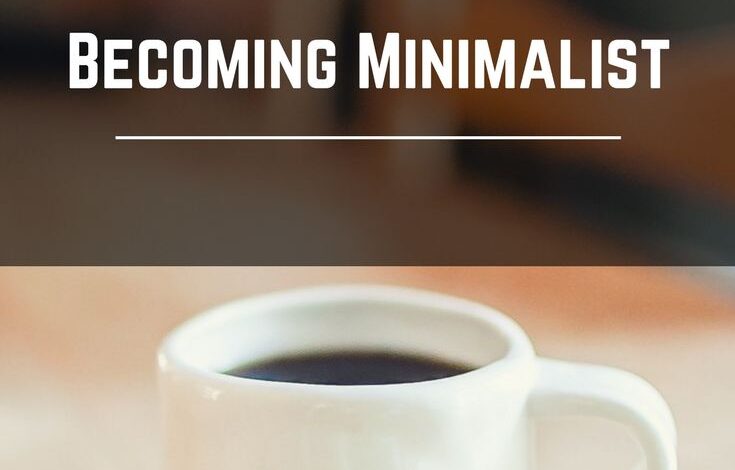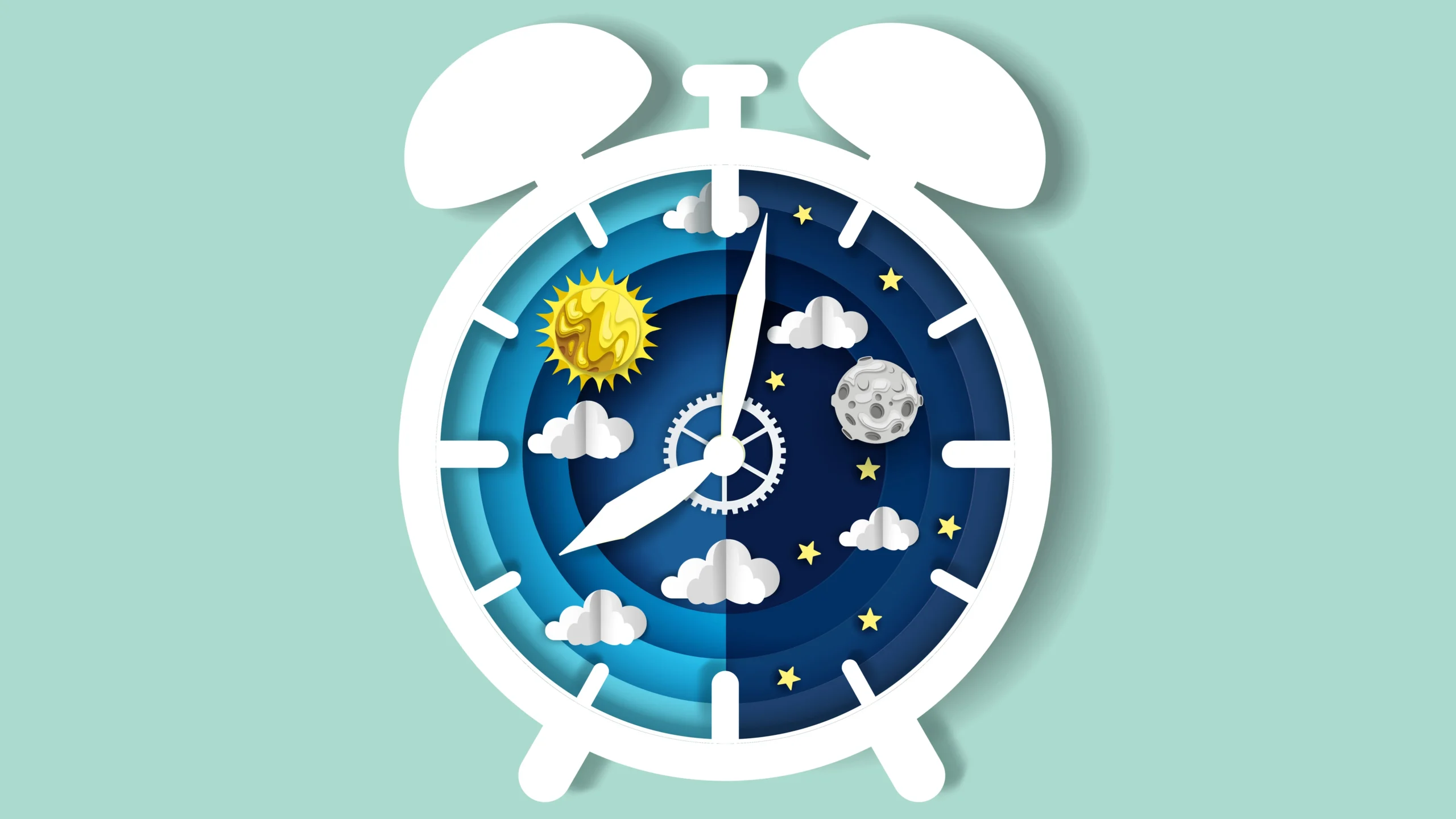Declutter Your Life: Minimalism & Intentionality

Embracing Minimalism & Intentional Living: A Path to Purposeful Joy
In a world obsessed with acquiring more, it’s easy to feel overwhelmed by possessions and the relentless pursuit of “more.” But what if true happiness wasn’t about accumulating things, but rather about intentionally curating our lives? This is where minimalism and intentional living come in. They aren’t restrictive sacrifices; they are powerful tools for creating a life filled with purpose, joy, and freedom.
What is Minimalism? More Than Just Decluttering
Minimalism often gets equated solely with decluttering, and while that’s certainly a *crucial* aspect, it’s actually much more than just getting rid of stuff. At its core, minimalism is a lifestyle that encourages you to intentionally live with less – less “stuff,” less commitments, less distractions – in order to make room for what truly matters.
The goal isn’t deprivation; it’s prioritization. It’s about identifying your values and aligning your life—your possessions, your time, your energy—with those values. This involves a conscious decision-making process: asking yourself, “Does this *really* add value to my life?”
There are different approaches to minimalism. Some people embrace extreme minimalism (owning very few items), while others find a more moderate approach that still significantly reduces clutter and focuses on intentionality.
Decluttering: The First Step Towards Freedom
Let’s talk about decluttering, because it’s often the gateway to understanding and embracing the broader concepts of minimalism. It can feel daunting, but breaking it down into manageable steps makes a world of difference.

- Start Small: Don’t try to tackle your entire house at once! Begin with a single drawer, shelf, or corner. This provides a sense of accomplishment and momentum.
- The Four-Box Method: A popular technique involves four boxes labeled “Keep,” “Donate/Sell,” “Trash,” and “Relocate.” Go through each item and place it in the appropriate box. Be honest with yourself!
- The One-In, One-Out Rule: For every new item you bring into your home, get rid of one old one. This helps maintain a clutter-free environment.
- The 90/90 Rule: If you haven’t used an item in the past 90 days and don’t anticipate using it in the next 90 days, seriously consider letting it go. This is especially helpful for those items you keep “just in case.”
- Sentimental Items: These can be the most challenging! Consider taking photos of sentimental items before donating them to preserve the memory without keeping the physical object. Or, find a few *truly* special keepsakes – don’t feel obligated to hold onto everything.
Intentional Living: Beyond Possessions
Minimalism is often about possessions, but intentional living extends far beyond just decluttering your home. It’s about intentionally designing all aspects of your life—your time, your relationships, your career, and your commitments.
What does intentional living look like?
- Time Management: Are you spending your time on things that truly matter to you? Learn to say “no” to commitments that drain your energy or don’t align with your values.
- Relationships: Cultivate relationships that are supportive and uplifting. Let go of toxic relationships that bring negativity into your life.
- Career/Work: Are you passionate about what you do? If not, explore ways to find work that aligns with your purpose and brings you fulfillment.
- Self-Care: Prioritize activities that nourish your mind, body, and soul – whether it’s exercise, meditation, reading, or spending time in nature.
The Benefits of Minimalism & Intentional Living
Adopting a minimalist and intentional lifestyle can bring about numerous benefits:
-
- Reduced Stress & Anxiety: Less clutter equals less visual noise and mental overwhelm.
investments and financial freedom.
- More Time & Energy: Without the constant upkeep of excessive possessions, you have more time and energy to focus on what truly matters.
- Increased Creativity & Focus: A decluttered environment can foster creativity and improve concentration.
- Stronger Relationships: Intentionality allows for deeper connections with loved ones.
- Greater Financial Freedom: Less spending means more opportunities to save, invest, and pursue your passions.
- Environmental Responsibility: Minimalism often leads to a reduced environmental impact through conscious consumption.
Getting Started: Small Steps Lead to Big Changes
You don’t have to overhaul your life overnight. Start small, be patient with yourself, and focus on progress over perfection.
- Identify Your Values: What truly matters most to you?
- Choose One Area to Focus On: Start decluttering a single drawer or commit to spending 30 minutes each day on an intentional activity.
- Practice Mindfulness: Be present in the moment and pay attention to your thoughts and feelings about your possessions and commitments.
- Regularly Evaluate & Adjust: Minimalism is not a one-time event; it’s an ongoing process of refinement.
Minimalism Isn’t About Sacrifice – It’s About Freedom
Ultimately, minimalism and intentional living are about creating a life that feels authentic, purposeful, and joyful. It’s about reclaiming your time, energy, and resources to pursue what truly matters to you. It’s not about having less; it’s about having more of what you love and letting go of the rest.
Are you ready to embark on this journey?



